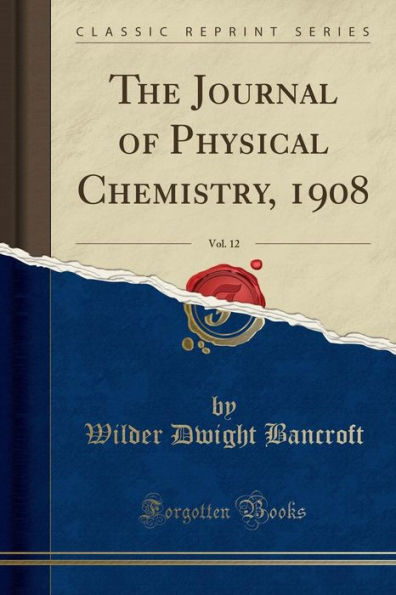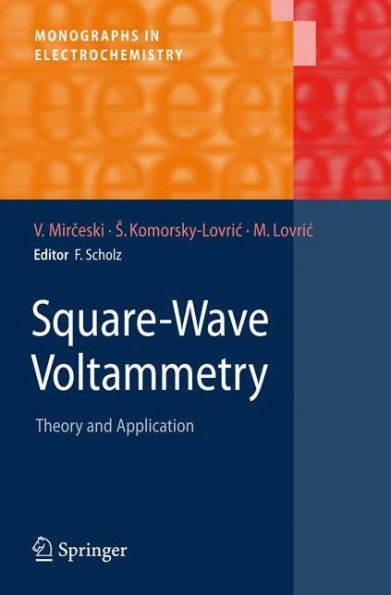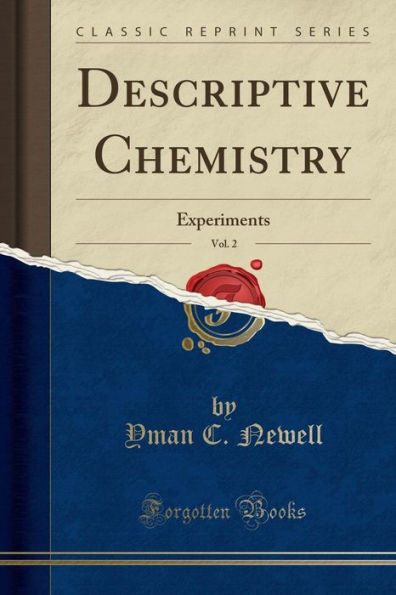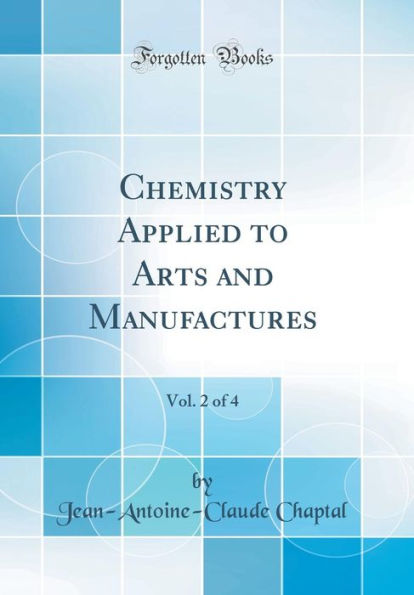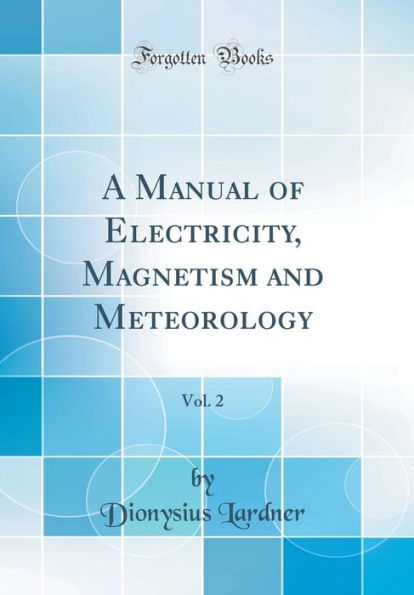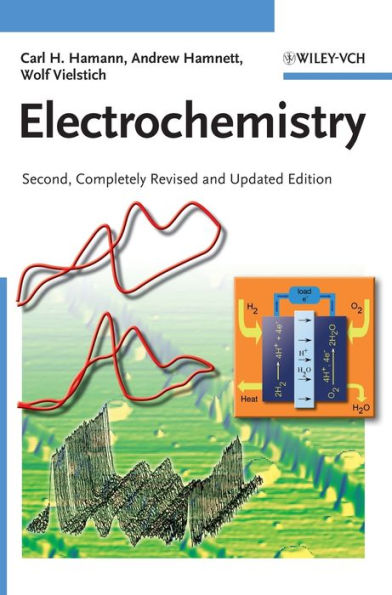Home
The Silver Voltameter, Vol. 2: The Chemistry of the Filter Paper Voltameter and the Explanation of Striations (Classic Reprint)


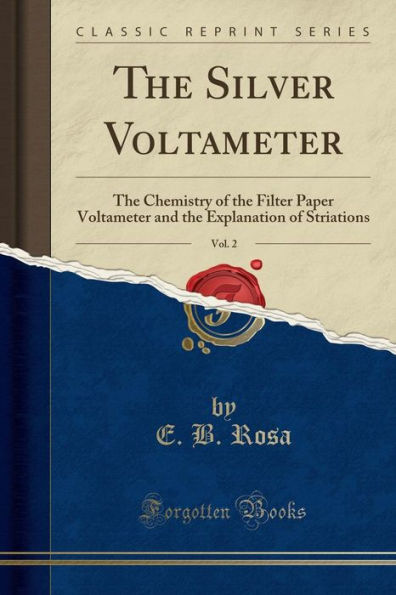
The Silver Voltameter, Vol. 2: The Chemistry of the Filter Paper Voltameter and the Explanation of Striations (Classic Reprint)
Current price: $9.57
Loading Inventory...
Size: OS
Excerpt from The Silver Voltameter, Vol. 2: The Chemistry of the Filter Paper Voltameter and the Explanation of Striations
The qualitative work with the voltameter began early in July of 1909, following the quantitative experiments recorded in Part and continued until the middle of the following December. During this time only five quantitative experiments were made and these have been included with the earlier measurements. The qualitative experiments consisted in making silver deposits under varying conditions in small voltameters, which could be easily examined under the microscope or photographed. In addi tion to these we made some deposits in the field of a microscope and investigated the potential relations between anode and cathode. Afte'r resuming the quantitative work we still made a few qualitative tests from time to time and have included them here. In Section II of this paper some further qualitative work will be described in connection with the chemistry of the filter paper voltameter.
About the Publisher
Forgotten Books publishes hundreds of thousands of rare and classic books. Find more at www.forgottenbooks.com
This book is a reproduction of an important historical work. Forgotten Books uses state-of-the-art technology to digitally reconstruct the work, preserving the original format whilst repairing imperfections present in the aged copy. In rare cases, an imperfection in the original, such as a blemish or missing page, may be replicated in our edition. We do, however, repair the vast majority of imperfections successfully; any imperfections that remain are intentionally left to preserve the state of such historical works.


